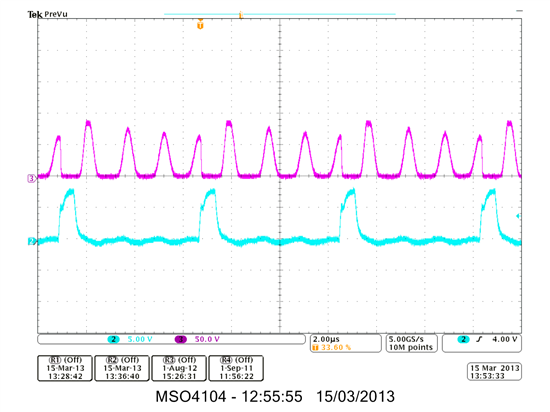Hi All,
I have a TPS40210 design boosting from 20V up to 120V. When running, the controller IC temperature is around 80 degC, the inductor and FET are around 45 deg C (Ambient is about 20 deg C).
Although 80 in spec for the controller, we need to run the circuit at an ambient of 60 deg C, which may push the IC temperature towards its limit. Are there any non-mechanical (ie. not heatsinks) tricks or circuit alterations that can be used to reduce the IC's running temperature?
Switching freq: 240kHz
Inductor size: 100uH
Output current: 100mA
Many thanks
Andy



